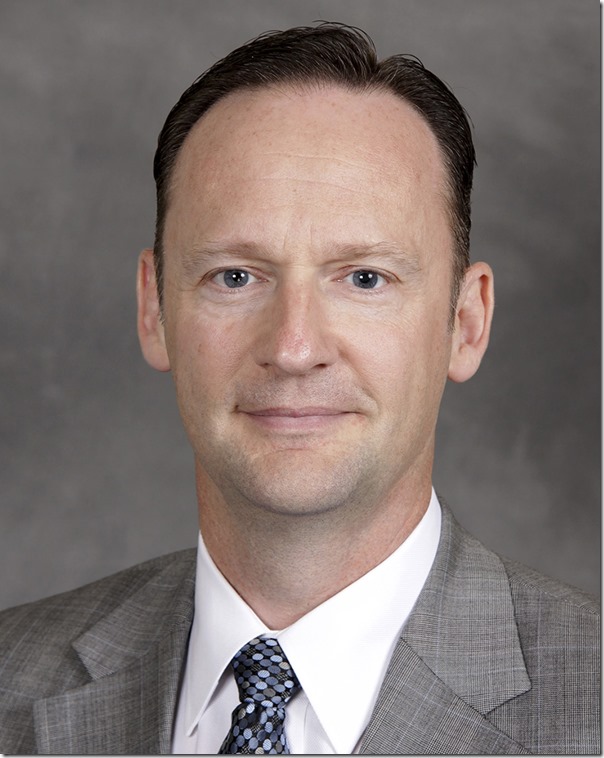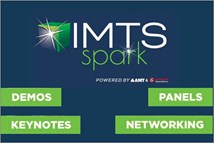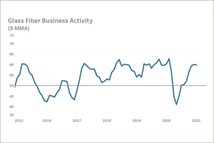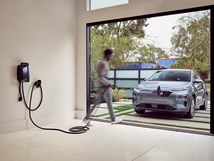How General Motors Develops World-Class Propulsion Systems
Dan Nicholson is vice president of General Motors Global Propulsion Systems, the organization that had been “GM Powertrain” for 24 years.
#hybrid #electronics
Dan Nicholson is vice president of General Motors Global Propulsion Systems, the organization that had been “GM Powertrain” for 24 years. Then the company recognized the fact that it is doing a whole lot more than combustion engines and step-gear transmissions, things like the battery systems and controls for vehicles including the Chevy Volt and Chevy Bolt, things like fuel-cell development (GM and Honda are working collaboratively on this).

Nicholson has had a wide, propulsion-system centric career at GM (though he was vp of Quality at one point). He’s worked on engines, controllers, software, calibration, testing, etc. He’s worked in China, Europe and the U.S.
One of the things he’s particularly proud of is having served as chief engineer for the renowned LS7 engine (a 7.0-liter V8 that produces 505 hp and that has found its way under the hoods of many really fast Corvettes and Camaros).
LS7
And because the GM Performance and Racing Center has now setup shop at the Global Propulsion Systems Engineering Center in Pontiac, Michigan, Nicolson brings along another high-performance engine to the studio of “Autoline After Hours,” the C7R racing engine. This is a 5.5-liter V8 that produces 500 hp and 510 hp. This particular engine will be making its way to Long Beach for the IMSA race there in April.
Because of the wide-ranging nature of what GM Propulsion Systems is addressing, Nicholson spends essentially the entire show with John McElroy, Bill Visnic of SAE International and me on this episode.
Topics range from electrification to combustion, from why there needs to be closer cooperation between oil companies and automakers in order to address CAFE requirements to how they’re recruiting at college campuses to get the kind and caliber of people they need to advance the technology.
After Nicholson leaves the set McElroy, Visnic and I discuss a variety of subjects, including why having fewer models on offer may be more efficient for OEMs to the recent results from the J.D. Power Vehicle Dependability Study.
And you can see it all here:
RELATED CONTENT
-
About the 2020 Lincoln Aviator
Successful vehicles tend to be those that are available on a global basis, and increasingly, those vehicles tend to be in the SUV segment writ large.
-
Internal Combustion Engines’ Continued Domination (?)
According to a new research study by Deutsche Bank, “PCOT III: Revisiting the Outlook for Powertrain Technology” (that’s “Pricing the Car of Tomorrow”), to twist a phrase from Mark Twain, it seems that the reports of the internal combustion engine’s eminent death are greatly exaggerated.
-
On Military Trucks, Euro Car Sales, Mazda Drops and More
Did you know Mack is making military dump trucks from commercial vehicles or that Ford tied with Daimler in Euro vehicle sales or the Mazda6 is soon to be a thing of the past or Alexa can be more readily integrated or about Honda’s new EV strategy? All that and more are found here.


.jpg;width=70;height=70;mode=crop)






